Table of Contents
Thinking about buying your first drone? Welcome to the club! There’s a unique, magical feeling that comes with sending a camera soaring into the sky, capturing breathtaking views that were once only possible from a helicopter. It’s part video game, part photography, and all awesome.
But let’s be real: for a beginner, the world of drones can be seriously intimidating. You’re hit with terms like “gimbal,” “transmitters,” and a whole lot of scary-sounding regulations. It’s enough to make you want to keep your feet firmly on the ground.
Fear not, future pilot! This guide will cut through the noise and walk you through the five most important things you need to consider before you take flight.
1. Don’t Start with a “Toy” Drone (Seriously)
This is the biggest mistake first-time buyers make. You see a cheap, $50 drone online and think, “Perfect, I’ll learn on this before I buy a good one!”
This is a terrible idea.
- The Analogy: It’s like trying to learn to drive in a car with no power steering, wobbly wheels, and brakes that only work sometimes. You’ll spend all your time fighting the machine instead of learning the skills.
- The Reality: Toy drones are incredibly difficult to fly. They lack GPS, have no stability features, and get blown away by the slightest breeze. You will spend 10 frustrating minutes crashing it into a tree, and then it will live forever in your closet. You won’t learn anything except the art of disappointment.
Instead, start with a high-quality beginner drone from a reputable brand like DJI. Their entry-level models (like the Mini series) are packed with amazing technology like GPS stabilization and automatic return-to-home features that make them incredibly easy and safe to fly.
2. The Golden Rule: The 249g Weight Limit
This is the most important number in the drone world: 249 grams (or about 0.55 pounds).
In many countries, including the United States, drones that weigh under 250g are considered “micro” drones and are exempt from a lot of the scary registration requirements. This makes them absolutely perfect for beginners.
When you’re looking at buying your first drone, aiming for a sub-250g model means:
- No FAA Registration Needed (in the US): You can fly for recreational purposes without having to register your drone with the government.
- More Freedom to Fly: You can often fly in more places with fewer restrictions.
- Incredible Portability: These drones are tiny! You can fold them up and stick them in a jacket pocket.
DJI’s Mini series (like the Mini 2 SE, Mini 3, or Mini 4 Pro) are all brilliant examples that are designed to be exactly 249g.
3. Key Features You Actually Need
Don’t get lost in a sea of specs. For your first drone, these are the only features that really matter:
- Flight Time: How long can it stay in the air on one battery? Anything around 30 minutes is a fantastic starting point. This gives you plenty of time to explore without feeling rushed. This is why buying a “Fly More Combo” with extra batteries is almost always worth it.
- Camera Quality: You’re buying a flying camera, so the camera better be good! Look for a drone that can shoot at least 4K video. Just as important is the gimbal—this is the robotic arm that holds the camera. A 3-axis gimbal is essential. It’s what keeps your video footage silky smooth, even if the drone is getting bounced around by the wind.
- Range: This is how far the drone can fly from your controller before losing connection. A range of a few kilometers is more than enough for a beginner. You should always keep your drone within your visual line of sight anyway.
Your Guide to Buying Your First Drone
| Feature | What to Look For | Why It Matters |
|---|---|---|
| Weight | Under 250g | Avoids registration & fewer restrictions |
| Flight Time | 30+ Minutes | More time to fly, less time swapping batteries |
| Camera | 4K Video & 3-axis Gimbal | Ensures high-quality, stable footage |
| Brand | Reputable (like DJI) | Easy to fly, reliable, and safe |
| Safety | GPS & Return-to-Home | The drone knows where it is and can come back automatically |
4. Know The Rules (Don’t Be “That” Person)
Owning a drone is a huge responsibility. Being a good pilot means respecting the rules and the privacy of others. The last thing you want is a knock on your door from law enforcement.
The Absolute Basic Rules (for recreational flying in the US):
- Always keep your drone within your visual line of sight.
- Do not fly over groups of people, stadiums, or public events.
- Do not fly near airports (stay at least 5 miles away).
- Do not fly over 400 feet above the ground.
- Do not fly in restricted airspace (like National Parks or near government buildings).
Before you fly, use an app like the FAA’s B4UFLY to check the airspace around you. It’s easy, it’s free, and it will keep you out of trouble.
5. Budget for More Than Just the Drone
Finally, remember that the price on the box isn’t your final cost. You should strongly consider buying a “Fly More Combo.” These bundles are offered by most major brands and typically include:
- Two extra batteries (a must-have!)
- A multi-battery charging hub
- Extra propellers
- A carrying case
Buying these items in the bundle will save you a lot of money compared to buying them separately later. It’s the best investment you can make when buying your first drone.
Conclusion: Ready for Takeoff
Buying your first drone is an incredibly exciting step into a new world of creativity and exploration. By avoiding cheap toys, prioritizing a sub-250g model, focusing on the key features, understanding the rules, and budgeting for extra batteries, you can ensure your first flight is the beginning of an amazing new hobby.
Happy flying!
What’s the first place you would fly your new drone? Let us know in the comments below!
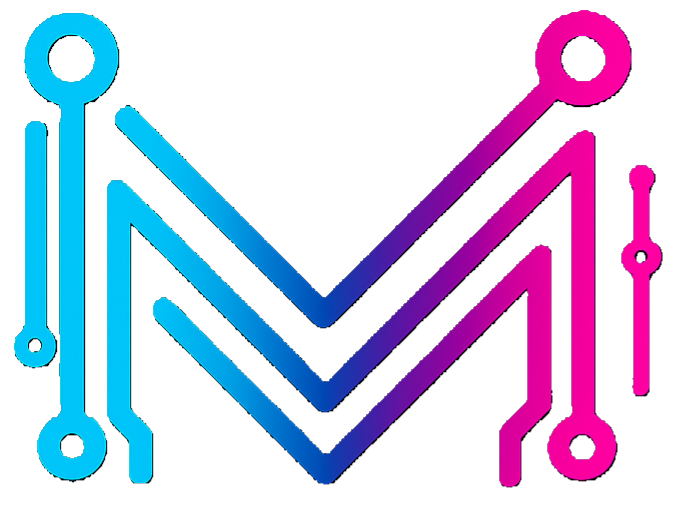
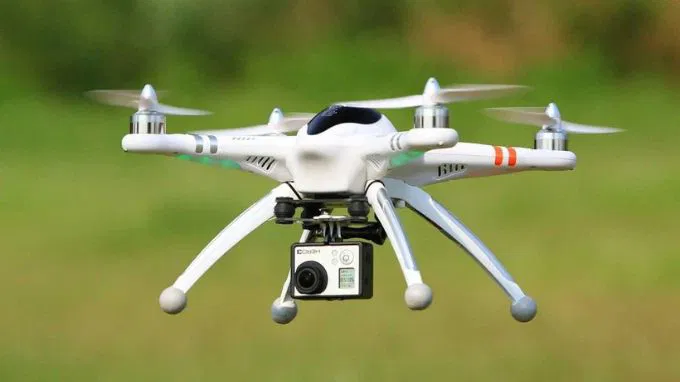

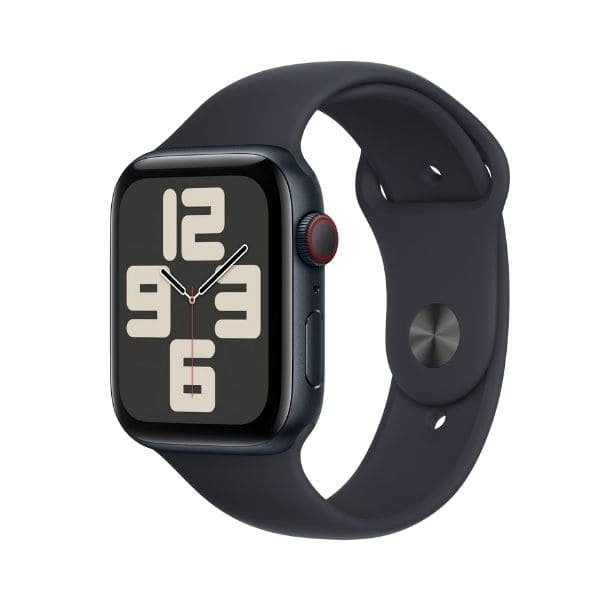

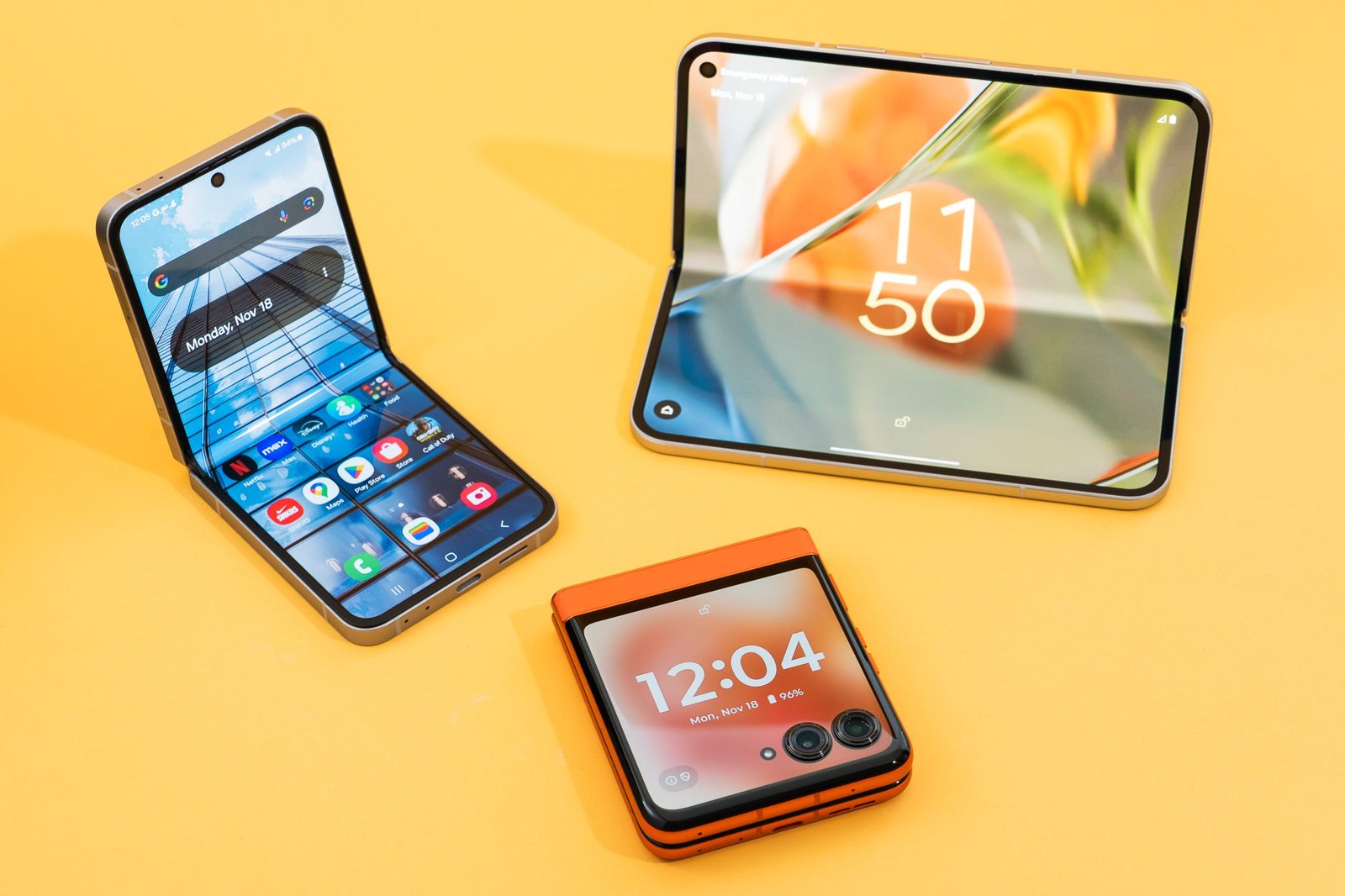
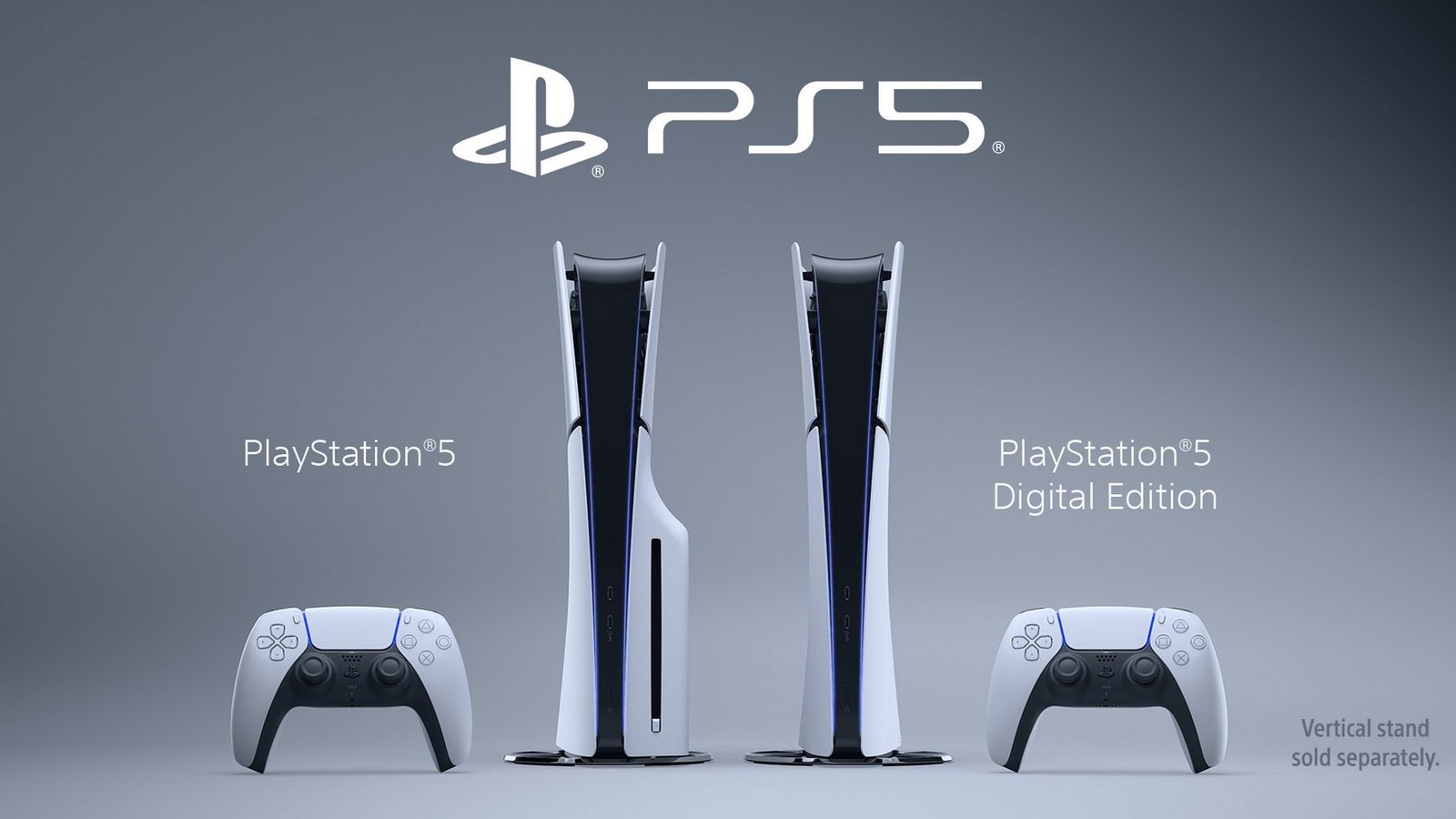
Leave a Reply
You must be logged in to post a comment.